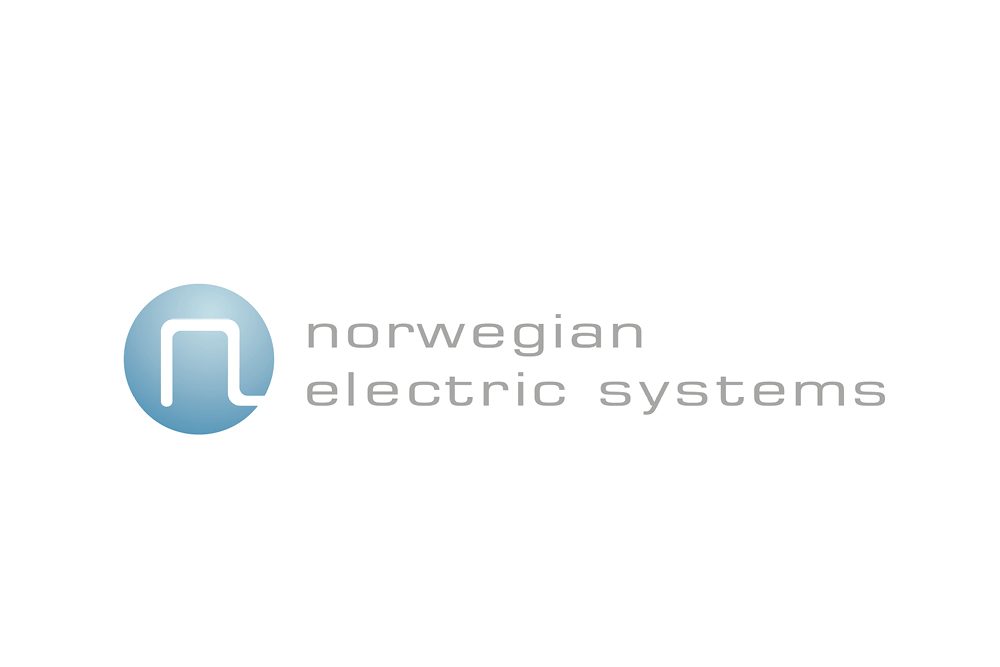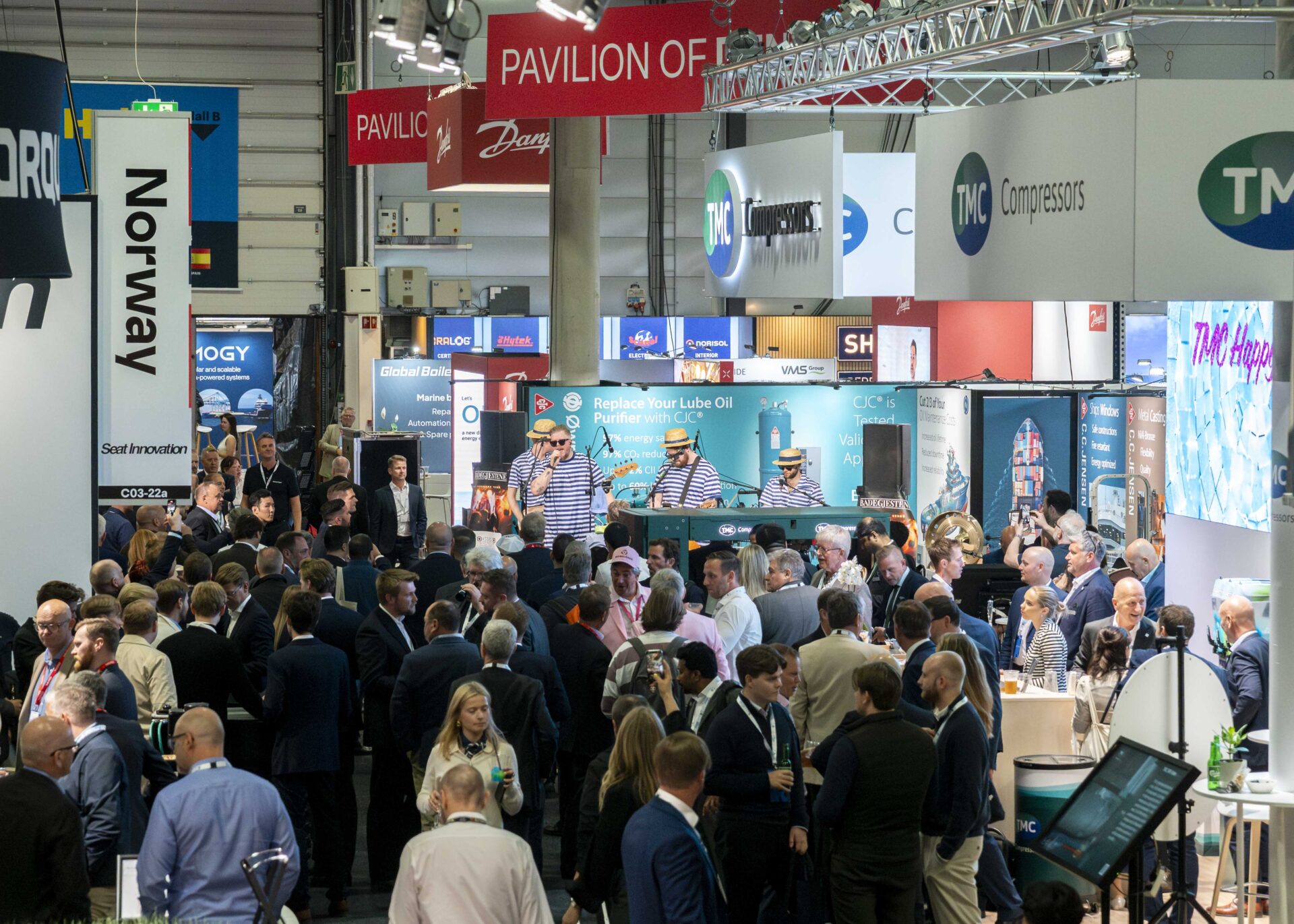Far ahead of the sustainable curve

Member news | 3 February 2020
Norwegian Electric Systems is partner in a revolutionary project with ambitions to achieve zero-emission operations in the World Heritage Fjords and along parts of the Norwegian coastal route, by combining batteries and hydrogen fuel cells.
Bergen, Norway: It’s not only exciting to build something new, but to be able to do it by integrating so many new ideas to create a clean emission vessel makes it doubly so, says Stein Ruben Larsen – Sr. Vice President Sales at Norwegian Electric Systems, a Bergen-based company responsible for getting some of the most advanced batteries and PEM fuel cells onto modern ships.
This specific excitement, he says, comes from leading the integration efforts that will see the largest fuel cell ever seen on a large vessel, being fed hydrogen from liquid storage instead of the more frequently used compressed gas, and all on what will become the most advanced clean coastal cruise ship in the world when the planned retrofit is completed in 2023. Batteries are then used to store additional energy to make the system truly emissions free.
The vessel is currently being designed in Norway by Havyard Design for the shipowner Havila. It is under construction at the Tersan Shipyard in Turkey, with the crucial integration competence coming from leading system integrator NES.
A crucial benchmark vessel
2023 will be an important year for shipping as it is when the IMO, the global regulator of shipping, will have to deliver its initial strategy for decarbonising shipping and with all likelihood this vessel could be a crucial benchmark in making this achievable as the world’s first cruise ship powered by a liquid hydrogen fuel cell.
Fuel cell development for maritime use has evolved rapidly from the first low-powered versions that were fuelled mostly by LNG and seen as replacements for auxiliary-power systems a little over a decade ago, to much more powerful systems today that have the potential to be used instead of primary engines providing propulsion.
This particular vessel is the case in the development project FreeCO2ast and it is destined to run along the Norwegian northern coastline, and areas which the country has designated as sensitive and subject to tough emission rules.
Larsen says the work is progressing to move to the second phase of the FreeCO2ast project having now brought the partners together to work on design and power requirements. The project team is working with Linde, the tank supplier and the fuel cell supplier PowerCell to obtain an Approval in Principal for the hydrogen system.
“The ability to move to a 3.2MW fuel cell that enables the vessel to sail zero emission for long distances along the coast will be a milestone within green shipping. For tourists experiencing the Norwegian coastline it means this vessel will be able to enter the country’s unique ad beautiful world heritage Fjords where vessels powered by any form of hydrocarbon that produces CO2, exhaust and other emissions will be banned from 2026”.
Staying ahead of the curve
Norwegian Electric Systems started looking into batteries in 2013 and has now expanded its business to look at Fuel Cell integration as it sees many different solutions, and combination of solutions, being needed to meet the challenges being set with ships aiming to decarbonise.
Larsen says “Norwegian Electric System has become a world-leading supplier within energy design. Our knowledge about vessel operations and competence of integrating the latest available energy sources is vital to design optimal propulsion systems”.
“For some vessels batteries will be feasible,” adds Vice President Technical Torbjørn Haugland “But for larger vessels and longer routes batteries will not have enough power or capacity. Here, we need to look at other solutions, and fuel cells are part of this solution. However, we cannot use fuel cells powered by hydrocarbons, so, with the growing acceptance and production of hydrogen, we looked at integration of a liquid hydrogen tank and the required fuel delivery system.”
The Havila Coastal Route project is an opportunity for Norwegian Electric Systems to demonstrate its ability to stay ahead of the technology curve and find integration solutions for the arrangements that future ship designs will be searching for.
“Being involved in this project is a great honour, a great challenge and a huge opportunity,” says Larsen. “It shows that we can take ship design and power systems to levels that many critics said were not possible just five years ago. The project aims to retrofit a hydrogen system within 2023 that will be operational with a 3,2 MW hydrogen fuel cell, and we strongly believe that by that time we will have developed and fully approved commercially hydrogen solutions for large vessels.
For more information please contact:
Svein Ove Farstad
General Manager Sales
& Marketing
Svein.Ove.Farstad@norwegianelectric.com
Tel: +47 40 24 38 59


